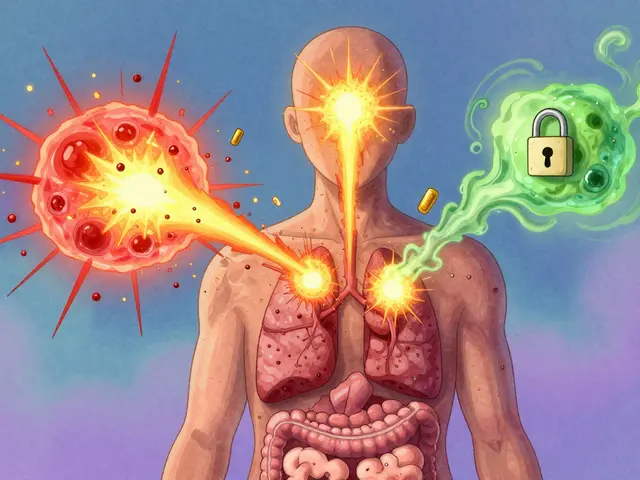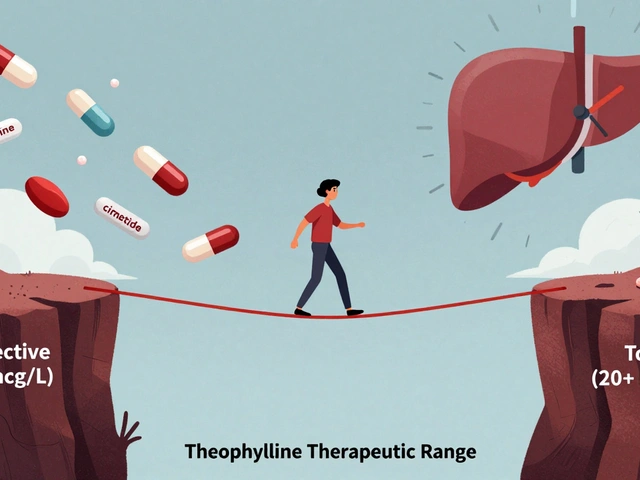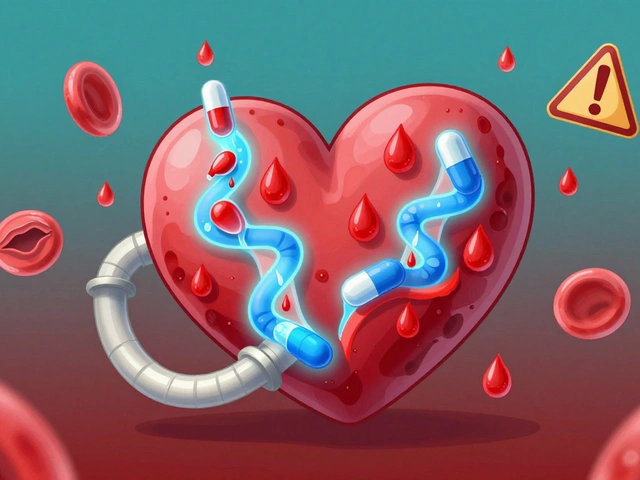Migraine treatments that actually help — fast relief and long-term plans
Migraines can knock you out of life for hours or days. The right plan gives fast relief when an attack starts and reduces how often they happen. Below I’ll lay out what works now, what to avoid, and when you should see a doctor.
Acute treatments: stop a migraine quickly
Start treatment early, ideally at the first sign. Over-the-counter options like ibuprofen or naproxen help mild to moderate attacks. For more severe pain, triptans (sumatriptan, rizatriptan, eletriptan) are the tried-and-true choice. They narrow blood vessels and block pain signals. If triptans don’t work or are unsafe for you, newer options include lasmiditan (a non-vascular receptor drug) and gepants (rimegepant, ubrogepant) which treat pain without constricting blood vessels.
Nausea is common in migraines. A single dose of an antiemetic such as metoclopramide or prochlorperazine can make oral meds easier to keep down. If you use pills and vomiting is severe, talk to your provider about an injectable or nasal option.
Be careful not to overuse rescue meds. Using triptans, gepants, or simple painkillers on more than 10–15 days a month can cause medication-overuse headache, which makes migraines worse over time.
Preventive and non-drug options
If you have frequent attacks (commonly 4+ migraine days monthly) or attacks that severely limit you, prevention is worth trying. Classic oral preventives include beta-blockers (propranolol, metoprolol), antiepileptics (topiramate), and certain antidepressants (amitriptyline, venlafaxine). Some have side effects, so choices depend on your health and priorities.
Newer targeted options are CGRP monoclonal antibodies (erenumab, fremanezumab, galcanezumab, eptinezumab) and oral gepants for prevention. These work well for many people and are often considered when other preventives fail or cause side effects. Botox injections (onabotulinumtoxinA) help chronic migraine (15+ headache days per month) and are given every 12 weeks by a trained clinician.
Non-drug measures matter. Keep a headache diary to spot triggers: sleep changes, skipped meals, dehydration, stress, and certain foods (aged cheese, alcohol, processed meats). Regular sleep, steady meals, hydration, daily moderate exercise, and cutting back on caffeine often lower attack frequency. Behavioral therapies like CBT, biofeedback, and relaxation training reduce both frequency and severity.
When to call a doctor? Seek urgent care for a sudden “worst-ever” headache, any new neurological signs (weakness, slurred speech, vision loss), fever with stiff neck, or progressive worsening. If migraines stop responding to your usual meds or you need rescue meds very often, see a headache specialist — there are effective options beyond what most people try first.
Want a painless next step? Track your attacks for a month, note what helps, and take that list to your clinician. That gives you a clear, practical plan to cut days lost to migraine.
10 Alternatives to Topiramate: Exploring Your Options
Looking for options beyond Topiramate? This article dives into various alternatives for migraine treatment, examining the pros and cons of each. Discover whether options like Ajovy or other medications could work better for you. Understand the benefits and drawbacks of each alternative to make an informed choice for your health.






